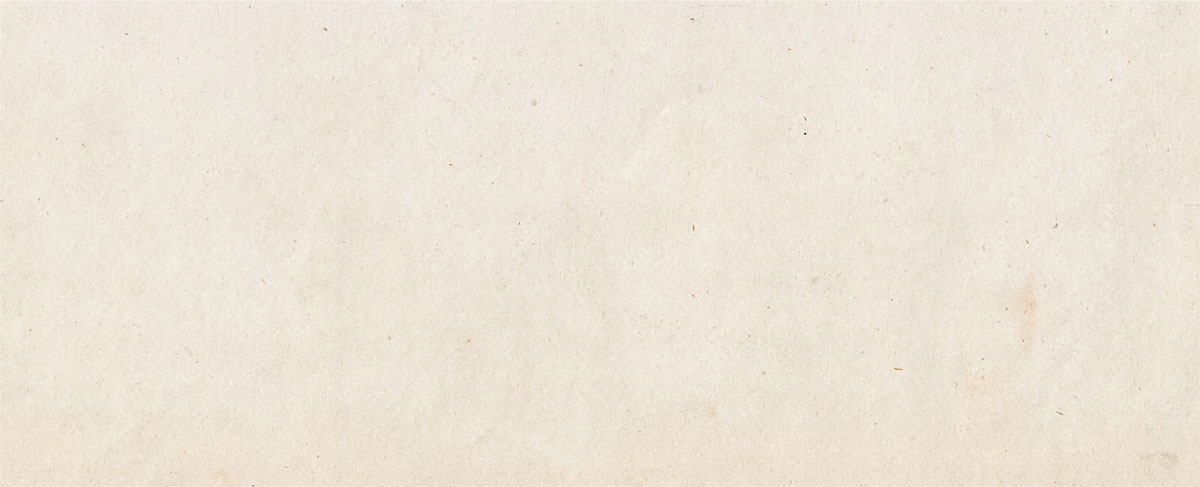Spanish Wines
05.03.10
 Some say the first vineyards in Spain were planted in Andalusia, on the southwest coast, which also might have been the point of entry for the first vines reaching the peninsula.
Some say the first vineyards in Spain were planted in Andalusia, on the southwest coast, which also might have been the point of entry for the first vines reaching the peninsula.
The Romans kept on producing wine on the peninsula, establishing their own particular system over time, by adding resins and aromatics, and ageing in ceramic vases in sunlit attics or next to chimneys.” According to modern-day accounts, these wines attained fruity, floral aromas and flavors, and a smoky taste that made them very popular.
Wine production in Spain was briefly halted due to the fall of the Roman Empire and the invasion of Hispania by tribes from northern Barbaria. Because of their contact with the Romans in the remote provinces of the Empire, the Visigoths put a great deal of importance on winemaking.
In the 8th century, development slowed again when the Arabs arrived. Despite the Kroan’s prohibition of alcohol, vineyard cultivation flourished under Muslim rule because Christian monastaries were allowed to continue making wine.
 When choosing a Spanish wine, these four terms are extremely important and will guide you in choosing the perfect wine for your special moments:
When choosing a Spanish wine, these four terms are extremely important and will guide you in choosing the perfect wine for your special moments:
-Añejo = Aged
-Bodega = Winery
-Cepa = Vine or name of grape se special moments
-Cosecha, vendimia = Vintage year
-Spanish wineries are known as “bodegas” and the winemaker is, “bodegueros”
There are 40 Wine Regions in Spain. One very popular region is La Mancha – south central Spain, produces whites, table reds and rosés. The Sister City of College Station, Texas, is Cuidad Real, La Mancha.
 Five basic quality levels of wine according to their quality or aging are:
Five basic quality levels of wine according to their quality or aging are:
1. Vino de mesa, or table wine.
2. Vino joven, or young wine, usually from a qualified DO region often with a bit of aging, but not enough to be a “crianza”.
3. Crianza is a wine that has aged 2 years with at least 6 months of aging in oak.
4. Reserva quality wine, normally has aged at least 3 years with at least 1 year in oak cask, 2 years in the bottle, and are made from top vintages.
5. Gran Reserva quality wine has aged at least 2 years in oak and 3 years in the bottle; this wine is made from exceptional vintages.

